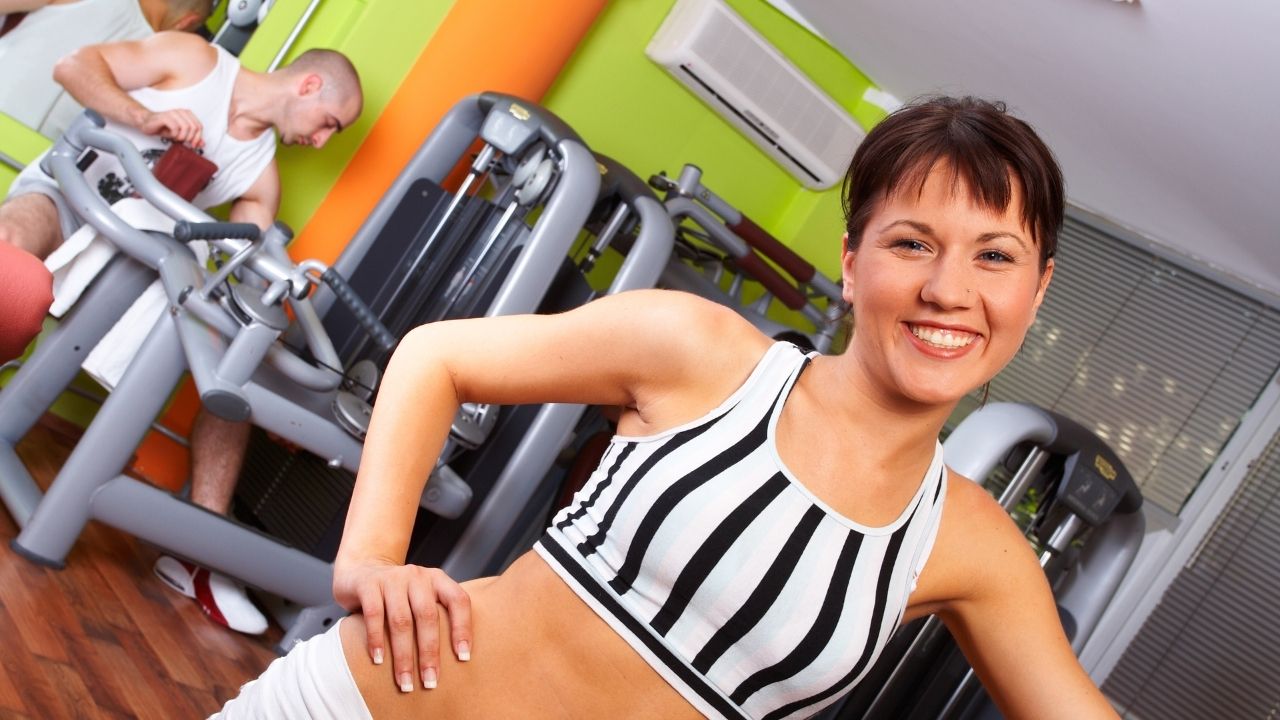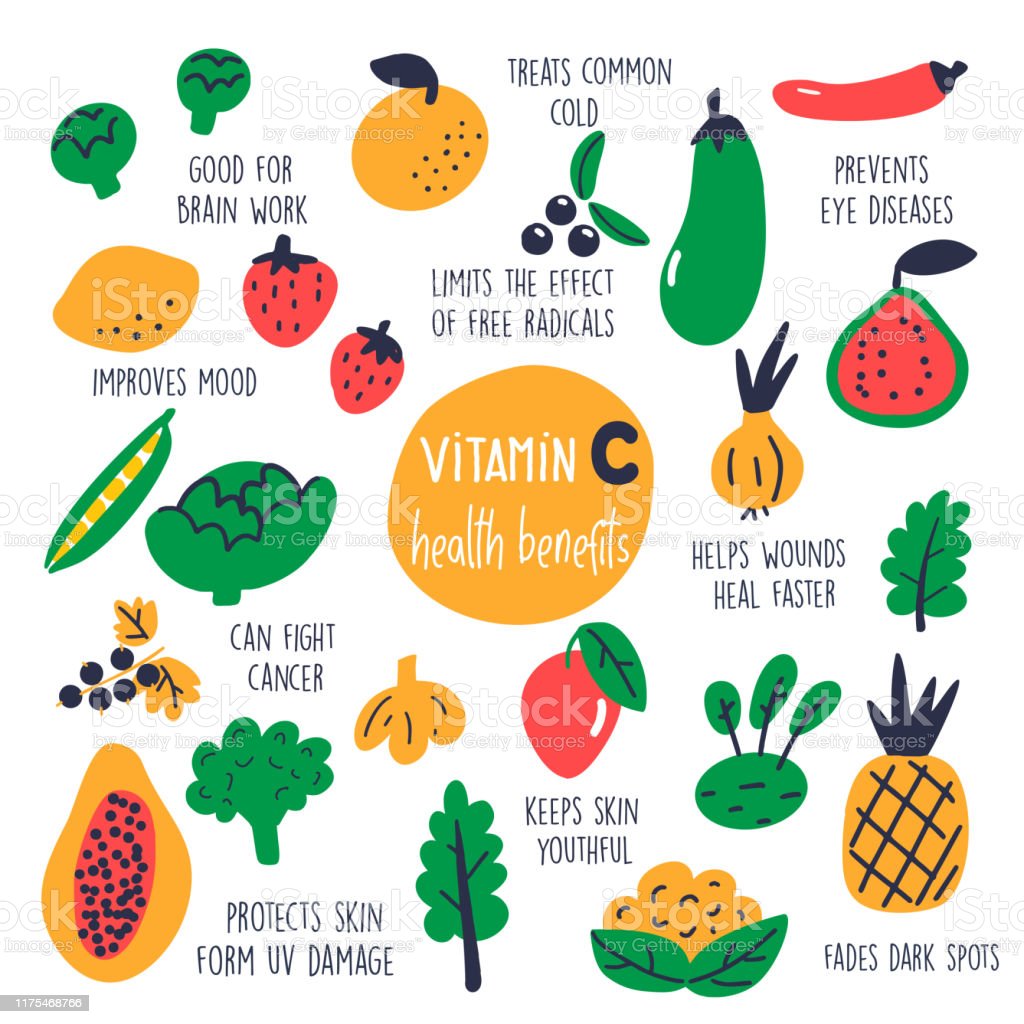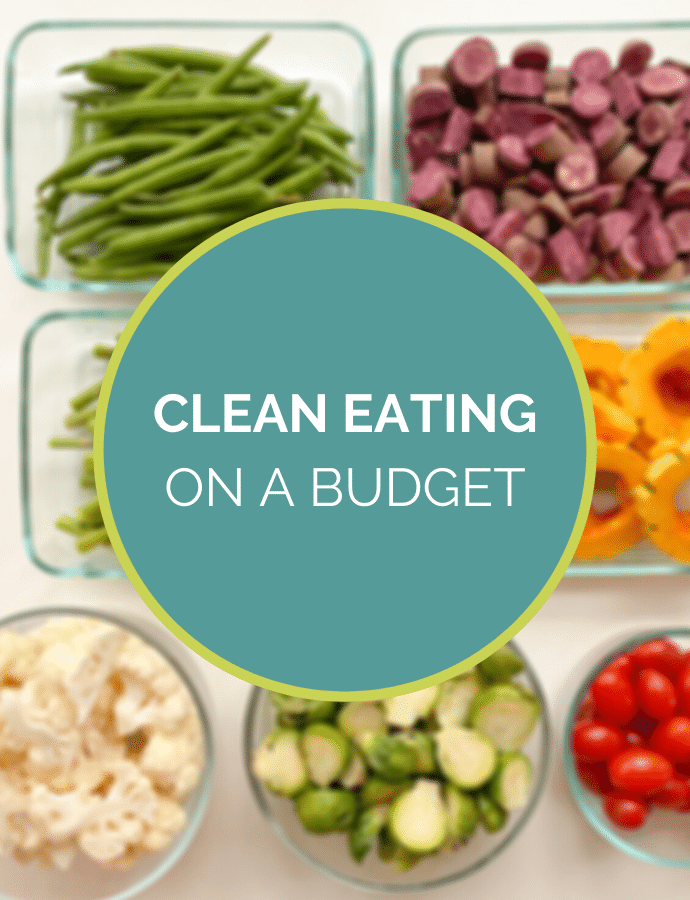
A BMI chart is something you have probably seen before. However, you might be unsure whether you should follow it. BMI charts provide a visual representation to show a person's height and weight. It gives you an idea of a healthy weight range and can help you make informed decisions about your body weight. This chart displays a person's weight and height in relation to their age and height. This is a quick way to calculate your BMI.
Your BMI chart will show you your weight in lbs at the top and your height in feet, inches and inches on the sides. You will now see your BMI. You should use the first chart if your BMI falls below 245. The second chart is for those with a BMI greater than 245. The shaded areas on the BMI chart indicate that you're overweight, so if you're in the 30s, then you're in class one. If you fall within the 35-39.9 category, you will be considered obese. If you fall in the middle of these two ranges, then choose the second.

BMI, however, is not a precise science. Although it is imperfect, it provides an accurate indicator of healthy weight. It's not perfect but it can help you make informed decisions about your health and weight. If you're overweight or obese, a BMI chart can help you identify what you need to do to reduce your weight and get in shape.
Using a BMI chart is useful for people who have difficulty using the calculator. A BMI calculation does not take into account your gender, sex, or pregnancy, which means that you might need to adjust the numbers to fit your personal needs. BMI should not be the only factor you consider when using a BMI calculator. But it is important to use it to make informed choices. It's important to make informed choices.
A BMI chart can help you determine your risk of developing disease. Your BMI helps you keep track of your weight, height, and other important information. It's also useful for tracking your progress over time. With the help of a BMI chart, you can determine whether you're overweight or underweight, and choose an appropriate diet and exercise program. Get a BMI chart from your doctor if you have any doubts.

Parents can use a BMI chart as a valuable tool. Although the BMI for children may differ from that of adults, it is still an excellent tool to help parents get a general idea regarding your child's weight. Healthy BMI ranges from 18.5 to 24.9 for women, while a healthy weight ranges from 18.5 to 24.9 for women. To calculate how much weight a woman will gain during pregnancy, it is possible to use her pre-pregnancy body mass index.
FAQ
Do I need to exercise every day?
No! No! That means walking fast enough to be slightly out of breath or biking hard enough to sweat.
Is it true to say that protein overeating can lead to kidney stones?
Protein helps maintain healthy bone and tissue. But consuming too much protein can lead to calcium excretion through urine. This can lead to kidney stones.
Not everyone who eats more than 2g of protein per kilogram (2.2 lbs) of bodyweight will get kidney stones. Some people can eat high amounts of protein without getting kidney stones.
Your sodium intake can prevent kidney stone formation. Sodium is important for maintaining the body's water balance. Too much sodium can cause kidney stones.
You may also want to reduce your protein intake in the event of kidney stones. About half of adults' daily caloric intake is made up of protein. Reduce your intake of protein and you will likely lose weight.
If you do decide to eat more protein, don't go overboard. You should aim to consume less than 20% of your total calories from protein.
What is the best way lose weight?
Losing weight is easier said than done. Many people give in to temptation because they don't know how to proceed.
You can lose weight by following a few simple steps.
First, make sure you eat less calories than you burn. If you consume more calories than what you burn, you will gain weight.
To burn all those calories, you should also start exercising. You can choose from a variety of exercises such as walking, biking or dancing.
Third, stop smoking and drinking alcohol. These habits can cause you to consume more calories that you would otherwise.
Fourth, you should cut back on junk food. You can replace them by healthier choices such as fruits, vegetables or lean meats.
Fifth, change your lifestyle. It is possible to wake up at 5 AM to go to work, or to be more active before you get to work.
Sixth: You must be disciplined, and you must follow your diet plan.
For those extra calories, you could join a class or go to a gym.
Follow these simple steps and you'll soon start to see the results.
Statistics
- By John Thompson Take a whopping 38% off a set of PowerBlock Pros. (menshealth.com)
- According to the American Academy of Dermatology (AAD), men over 50 are at a heightened risk of developing it. (healthline.com)
- Get free shipping and 25% off today. (healthline.com)
- The PRS enabled risk stratification for overall prostate cancer and lethal disease with a four-fold difference between men in the highest and lowest quartiles (HR, 4.32; 95% confidence interval [CI], 3.16-5.89). (pubmed.ncbi.nlm.nih.gov)
- 10 pounds in a month is likely during a lean bulking phase, especially for beginners. (muscleandstrength.com)
External Links
How To
What should I eat before a workout?
Losing weight requires you to consume fewer calories than what you burn in exercise. Also, you must eat all the nutrients.
These include protein, carbohydrates and fats as well as vitamins.
The best way to achieve this is to eat smaller meals throughout a day rather than three large meals.
It is possible to not do as well if your body is too full when you work out.
Drinking water is a better option than energy drinks high in caffeine and sugar. This will keep you hydrated, and your energy levels high.
However, make sure you are consuming enough fluids. You could lose electrolytes if you drink too much water.
Your body needs electrolytes for proper functioning.
If you don't have access to water, you could drink sports drinks. They are rich in sodium, potassium, calcium and magnesium as well as other minerals.
This helps replenish electrolytes that have been lost. They won't be able to replace the electrolytes you have lost through sweating.
You could also consider taking a multivitamin tablet if you are concerned that you might lose too much salt from exercising.
These supplements contain additional vitamin B6, which can help regulate your body's sodium levels.
However, you shouldn't rely on supplements if you don't know how much salt you're getting from food and beverages.
They are not regulated by Food and Drug Administration (FDA).
Sports drinks, for example, can have higher sodium levels than others.
Sports drinks can contain artificial sweeteners and preservatives. These could cause digestive problems.
If you are worried about too much salt, you could try sea salt.
It contains fewer chemicals then table salt.
Sea salt is low in iodine as another mineral necessary for healthy thyroid function.